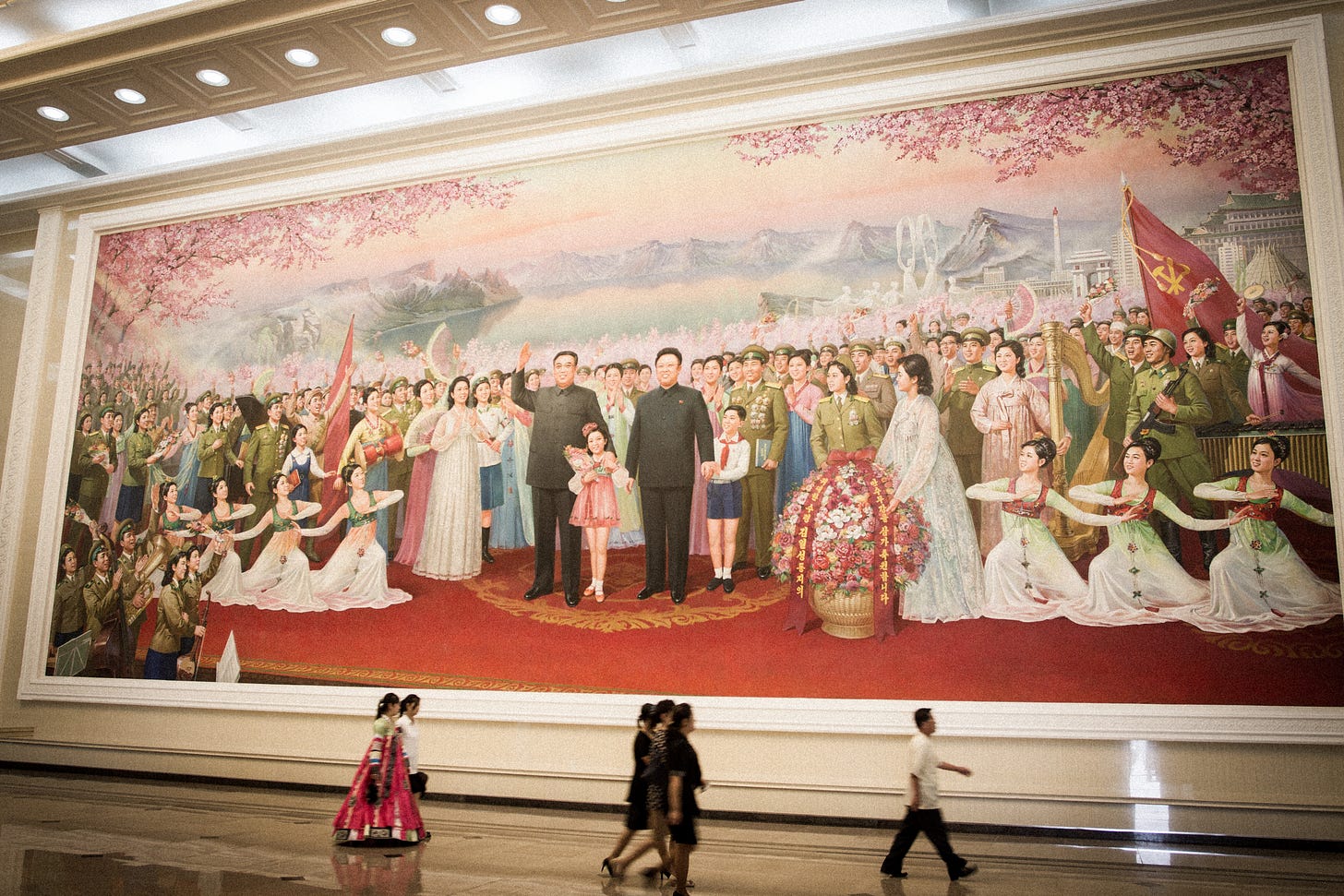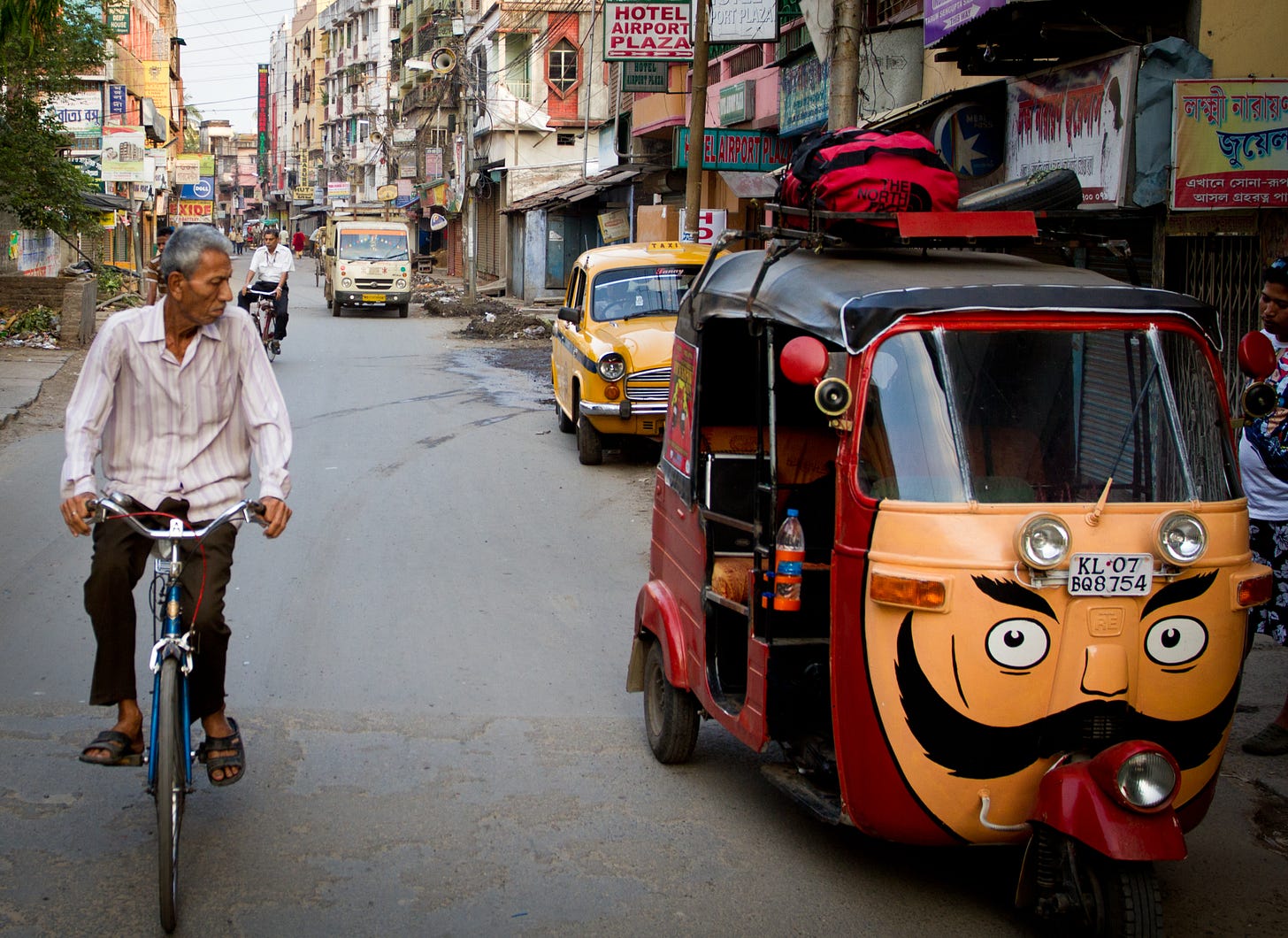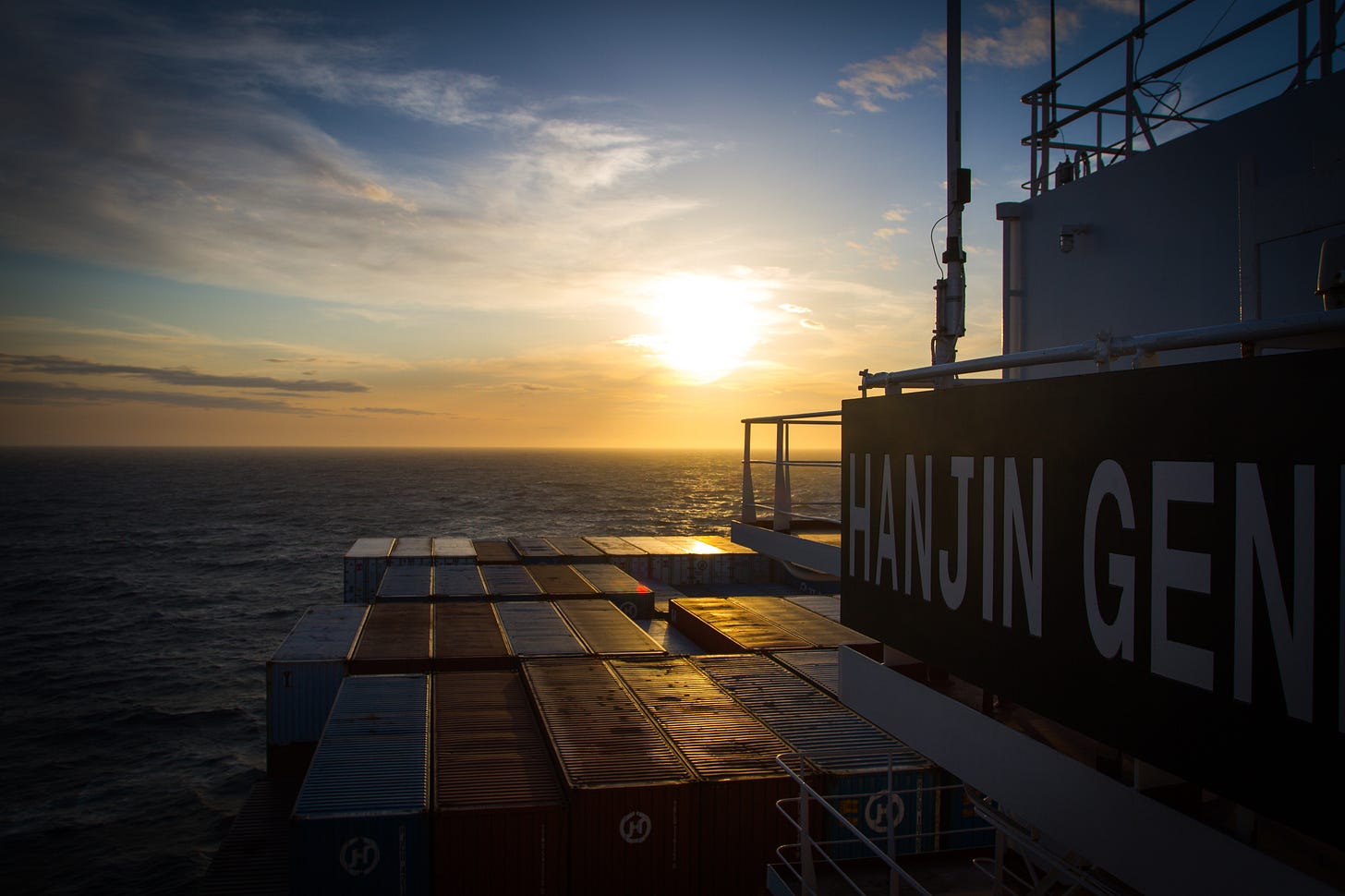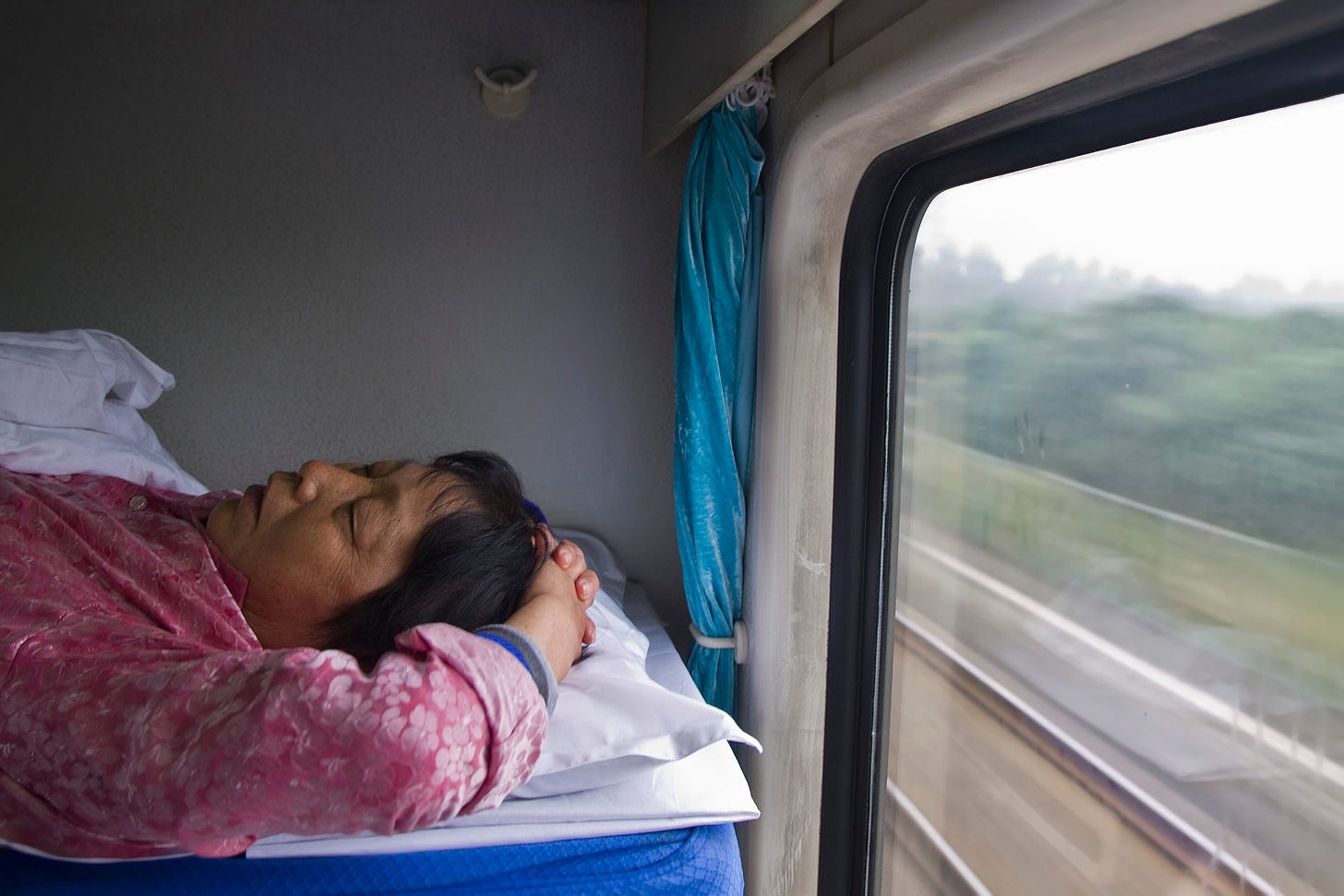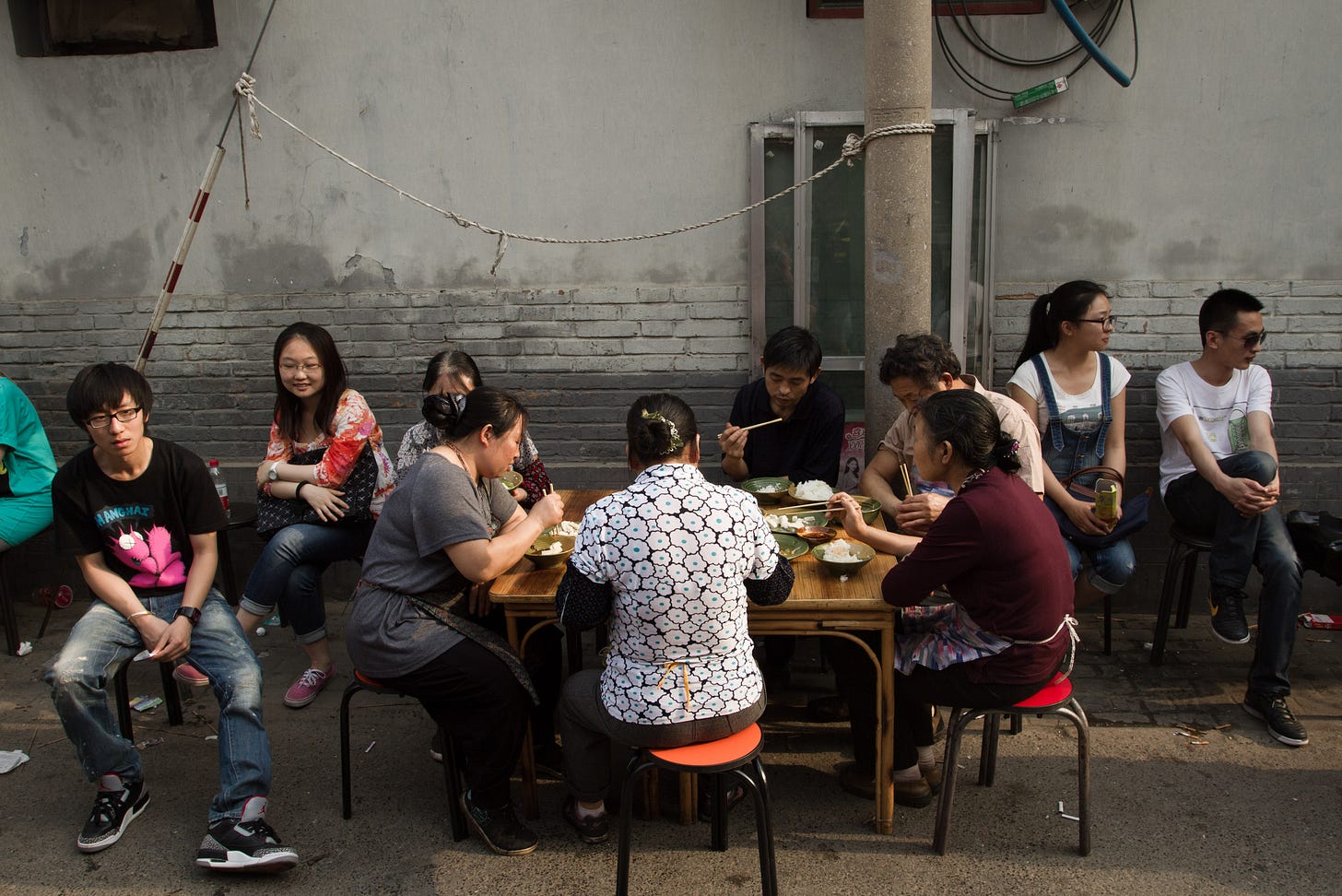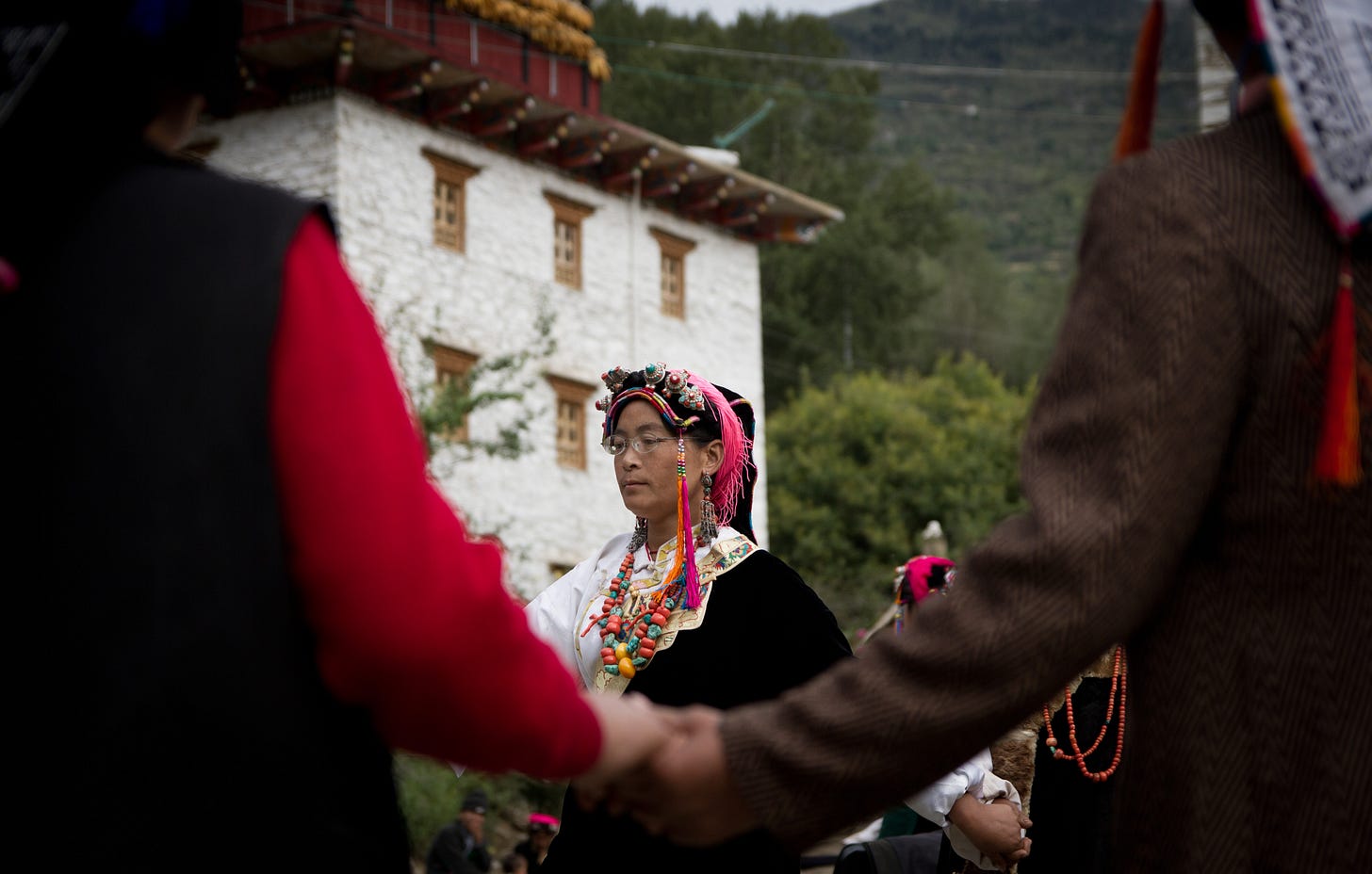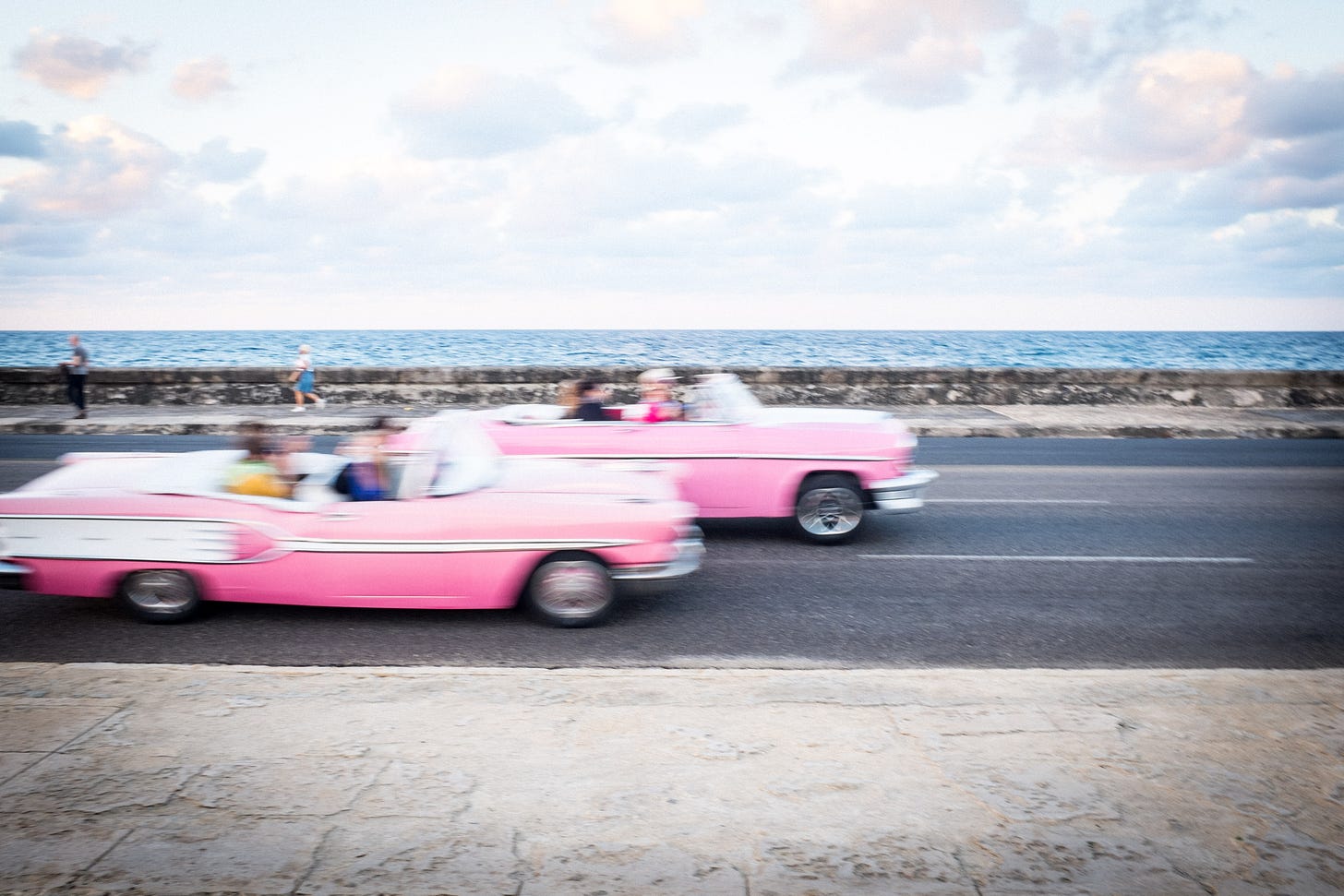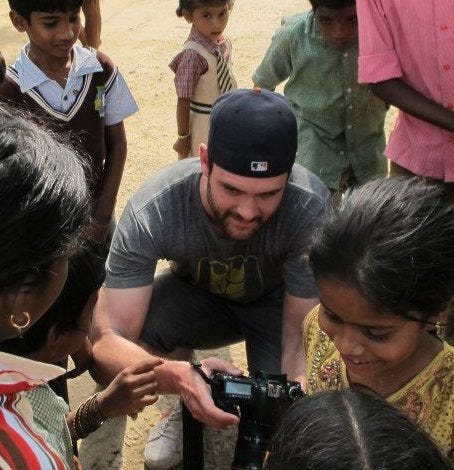Hello again,
I’ve been thinking a lot about travel and travel writing lately. I never considered myself a travel writer, but when I lived in Asia from 2007 to 2013 I wrote quite a few pieces that would be labeled travel stories. They were by far the most fun to write (if not the most lucrative). But it’s funny, I barely think about them anymore. Living in China was such a formative time for me, so different from the rest of my life, that sometimes it feels like I’ve siloed off those memories, to the point that when I think of an experience I had there—traveling to Xinjiang province in Western China, interviewing Neo-Nazis in Mongolia, driving an auto-rickshaw across India—it feels like they happened to someone else.
Travel writing is a dying art. When was the last time you read a truly great travel story, one that inspired you to go somewhere, that made you excited to get out and explore? I bet it’s been a while, because they hardly exist anymore. Newspapers no longer have standalone travel sections. Magazines don’t have travel budgets. Travel writers have been replaced by travel influencers.
Since I launched Front of Book last October, I’ve wanted to expand it to include other topics that would be included in the front of book section of a traditional lifestyle magazine. (Actually, when I try to make sense of my career up until now, I basically see it as aspiring to be a one-man GQ magazine, with writing about style, culture, travel, food & drink—the front of book—on the one hand, and stranger-than-fiction longform narrative pieces—the feature well—on the other.)
So as I’ve been thinking about how I might approach travel in the newsletter, I started to reflect on some of the travel stories I did during the earlier part of my career. Hope you don’t mind if I take a week off of style writing to highlight some of my favorites, from China to North Korea to Cuba and back. All the photos are also mine as well unless otherwise indicated.
1. “The Reddest Carpet,” GQ
Exactly ten years ago today I was in Pyongyang, North Korea, attending the world’s most unlikely film festival for GQ. This was at the time and remains today the best assignment I’ve ever had in journalism. I got to write a big, juicy feature from a crazy place for my favorite magazine. The trip itself was incredibly fascinating and fun (and, looking back on it, quite stupid—there were at least three Americans in prison in North Korean at the time). I’m super proud of this story and grateful for the magazine for making it happen. This is one of those stories that simply would not happen today—few, if any, magazines are so ambitious and well-financed to commission one like it. It was also featured in The Best American Travel Writing anthology, which is now, sadly, defunct.
2. “A Supposedly Stupid Thing I’d Totally Do Again,” The Atlantic
In all my travels, I’ve never experienced anything as harrowing as driving this mustachioed auto-rickshaw on Indian highways. We were run off the roads by speeding trucks more than once and saw the aftermath of devastating accidents pretty much daily. The journey was more than 2,000 miles from Kerala, on the southern tip of the country, to Shillong, in the northeast, in a pair of vehicles whose average speed was about 25 miles an hour. But what an incredible experience, driving from dawn till dusk through the countryside and cities (Bangalore, Hyderabad, Kolkata), fueled by dal and chai. It was part of the Rickshaw Run, a triennial event put on by The Adventurists, a U.K.-based travel outfitter best known for the Mongol Rally. Our team, made up of friends of mine from Beijing, was called The Inevitables (as in, disaster was inevitable), inspired by our patron saint, Roald Amundsen, the mustachioed Norwegian explorer who conquered both poles and is often credited with coining the phrase “Adventure is just bad planning.” I’m not sure I’d do it again, but I’m sure glad I did it once.
3. “Slow Boat From China,” Roads & Kingdoms
When I left China in 2013 to move to New York, I took an unusual mode of transportation: A cargo ship, the MV Hanjin Geneva, which traveled over 15 days from Busan, South Korea, to Seattle. This was perhaps not as thrilling as the Rickshaw Run, but in terms of an unforgettable journey, it’s up there. It was amazing to see how a cruise ship operated, to watch sunset out on the decks with nothing on the horizon but ocean, to sip coffee with the captain and crew on the bridge and talk about their lives at sea. A little inside baseball about this story: I sold shorter versions of it to The Atlantic and Men’s Journal, but they were both killed by the publications. The problem was, you can’t tell a story like this in 800 words. It needs to breathe. It needs to be long and slow to capture what it’s actually like on a ship like that. So I eventually wrote it as it needed to be: An edited version of the journal I kept each day on the ship. And I wrote it for Roads & Kingdoms, where I was feature editor at the time and which was the perfect—the only—home for a story like this.
4. “In China, people don’t just ride a train—they live it,” The Globe and Mail
When I moved to China in 2007, one of my goals was to write for The Globe and Mail, Canada’s premier newspaper. And some of my favorite travel writing turned out to be for The Globe. I wrote about camping on the Great Wall, the bars and restaurants of Beijing’s hutong neighborhoods, and taking two visiting friends on a bike tour of the city. But this piece about train travel in China was the most memorable. The newspaper gave me a budget to criss-cross the country by rail for a week. I traveled by 28-hour sleeper train from Beijing to Guilin, and then on to Yangshuo Valley, followed by Shenzhen, Shanghai, and then back to Beijing. “A train isn’t a vehicle,” Paul Theroux correctly observed in Riding the Iron Rooster, his 1988 book about train travel in China. “A train is part of the country. It’s a place.”
5. “A Streak of Brooklyn in Beijing,” The New York Times
In Beijing, I lived my life in the hutongs, the historic alleyways that made up the center of the city inside the Second Ring Road. My apartment was there, my friends were there, the coffeeshop I worked out of pretty much every day for six years, Cafe Zarah, was there. I loved the hutongs and even thinking about them now makes me a little misty eyed. This piece about the Brooklyn-ifcation of the hutongs—the rise of craft cocktail bars, speakeasy taco restaurants, fixed gear bike shops—was one of the last pieces I wrote during my time in Bejing (before moving to the actual Brooklyn). A lot of these places are gone now, as are many of the hutongs themselves. But Cafe Zarah, thank God, remains.
6. “The Neo-Nazis of Mongolia: Swastikas Against China,” TIME
OK, so this isn’t exactly a travel story, but I wanted to include it anyway because it was so strange. In 2009, I went with photographer James Wasserman to Ulaanbaatar, Mongolia’s capital. It was wild. We saw several brawls in just a few days, the city’s only chain restaurant was a Kenny Rogers Roasters, and just outside the city we saw a horse being gelded (Google if you don’t know) in a manner that might be called medieval. But interviewing self-proclaimed Mongolian Nazis, with shaved heads and Swastikas tattoos, was the strangest experience of all. That the Nazis themselves singled out and executed people with “Mongol features” from among Soviet prisoners of war didn’t bother these guys. “We share the same policies,” one told us.
7. “Saving the Secret Towers,” and 8., “China’s Hottest Cuisine,” The Wall Street Journal
A few years later, Jim and I went out to Sichuan Province to do a couple stories for The Wall Street Journal. One was about the food scene in Chengdu, and the other was about mysterious towers that dotted villages in the Tibetan part of Western Sichuan. The protector of these towers was a woman named Frédérique Darragon, a 61-year-old global adventurer—sailor, dancer, trekker, polo player—turned amateur archaeologist. (She was also, it turned out, Ted Turner’s ex-girlfriend.) Jim and I spent a week or so visiting lovely mountain villages out there to explore the towers, but the most memorable part of the trip was getting lost trying to traverse a mountain ridge. After hours of struggle through thick forest, we made it down after sunset. I don’t think we were actually in danger, but it sure felt like it at the time.
9. “The Hard Stuff,” The California Sunday Magazine
This one was a lot of fun. Back in 2015, when I was already living in New York, I traveled with photographer Mike Magers back to China to write about the Chinese spirit baijiu. The trip was actually paid for by a baijiu producer as part of a misguided attempt to promote the manure-tasting drink in the U.S. I like drinking baijiu in the same way as someone might enjoy eating fermented shark—for the novelty and in the spirit of trying new things. But there was no way Americans were going to drink this stuff. But that didn’t stop them from flying us out there and putting us up in nice hotels in Beijing and Chengdu, paying for elaborate meals and countless bottles of the drink. Those were the days.
10. “Superman of Havana,” Roads & Kingdoms
That same year Mike and I went to Cuba to report on the mystery of a man called Superman. He was a cabaret and sex show performer in 1950s Havana, famous around the world for his enormous endowment. He supposedly had an affair with Marlon Brando, performed for mafioso, and was later fictionalized by Graham Greene. After the revolution, Superman disappeared. He was barely spoken about in Cuba and forgotten elsewhere. A ghost of history. Nobody had ever been able to find out what happened to Superman. No one had even seen actual images of him. That is until Mike and I went looking. This story became part of Anthony Bourdain’s Dispatched series for R&K, and it remains one of the most cherished reporting trips of my life.
***
Thank you for indulging my little trip down memory lane today. If you enjoyed these pieces, here are a few more: Stories about being a white guy for hire and an aspiring actor in China for The Atlantic; one of my very first magazine articles, about Agent Orange in Vietnam, for Maisonneuve magazine; a feature about basketball in Haiti for Grantland (RIP); and attending a sex-positive porn school in San Francisco for R&K.
Have a lovely weekend and see you back here soon for regularly scheduled programing soon.
Mitch
Question? Comment? Suggestion? Caught a typo? Email me at mitch.moxley@gmail.com



